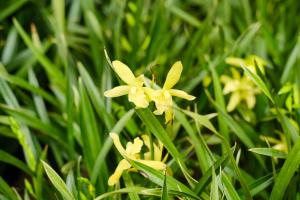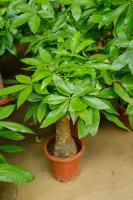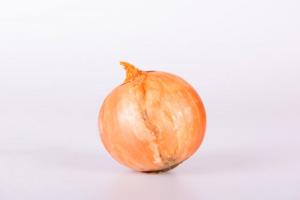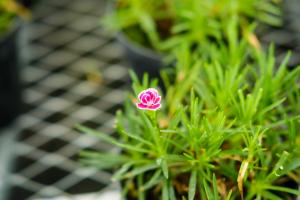How does Anthurium andraeanum flower colorful
Generally speaking, if the temperature is too low or the sun is insufficient, Anthurium andraeanum is not easy to blossom, or even if it opens, it is not bright. Other factors, such as too little water and lack of fertilizer, will also lead to less flowering of Anthurium andraeanum. Therefore, in order to have more beautiful flowers, we must do the following:
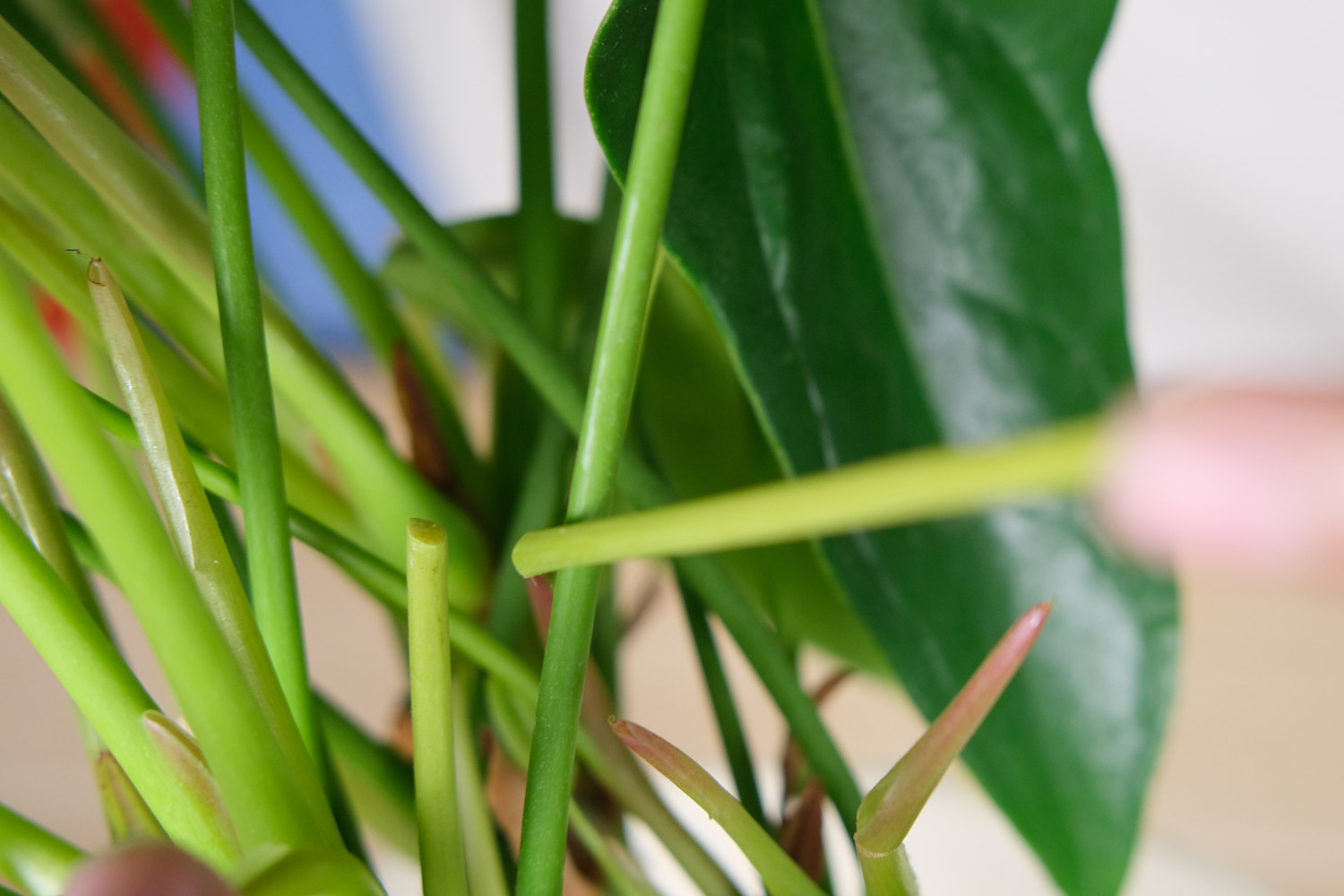
Scattered light
Anthurium andraeanum likes sunlight, but it is not suitable for direct sunlight, because the leaves will be burned. Therefore, it is best to put Anthurium andraeanum in the bright astigmatism link to avoid sun exposure and not too cool. With sufficient scattered sunlight, the flowers will bloom more brightly
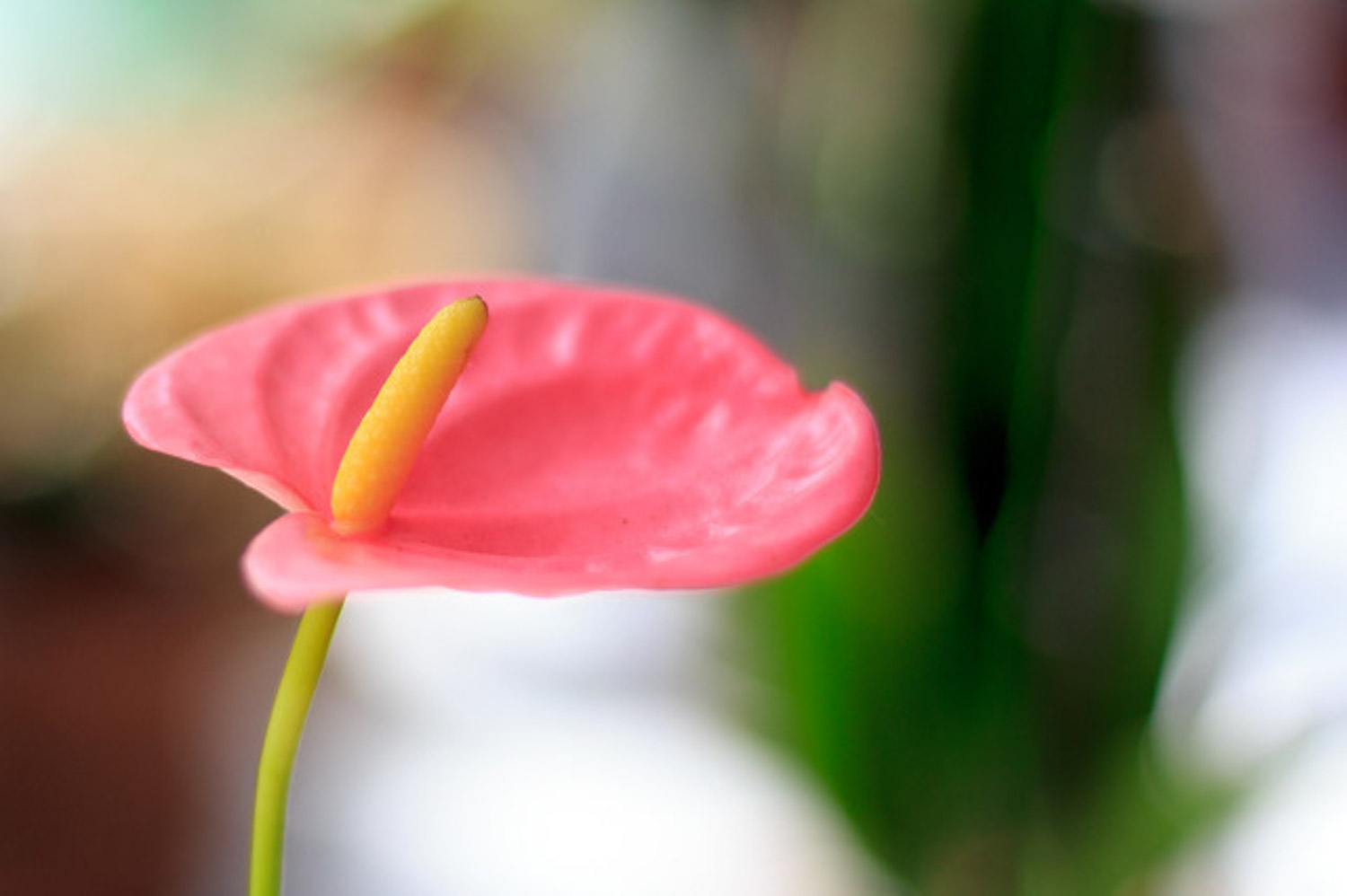
Keep moist
Anthurium andraeanum likes to be wet. When the surface of the basin soil is dry, it can be watered once every 2-3 days. Anthurium andraeanum also has certain requirements for air humidity. At ordinary times, we should also pay attention to spraying water around the leaves. This ensures that the flowers are bright and full. If the temperature is low and the growth of Anthurium andraeanum is slow, watering should be controlled to avoid rotten roots
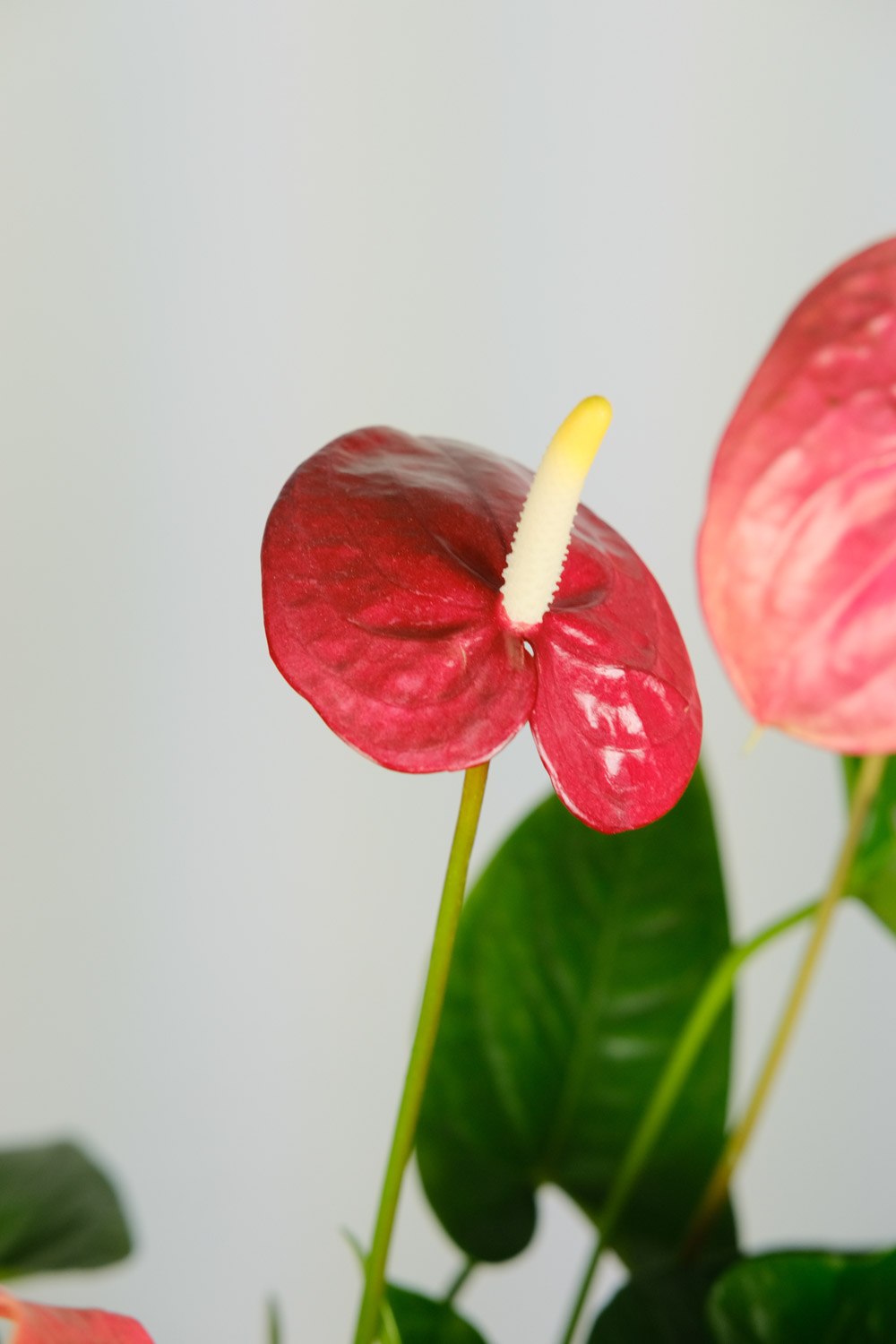
Thin fertilizer and frequent application
Anthurium andraeanum prefers fertilizer. It can be fertilized every two weeks, which can be carried out at the same time as watering. Phosphorus and potassium fertilizer can be applied before flowering. The best fertilization time is
Morning or evening. Fertilize once a month in winter
In addition, Anthurium andraeanum should also apply some water and fertilizer. When watering, drop one or two drops into it, once every 3-5 days, and once every half a month in winter
Do not use foliar fertilizer on Anthurium andraeanum, because there is a layer of wax on its surface, which will hinder absorption
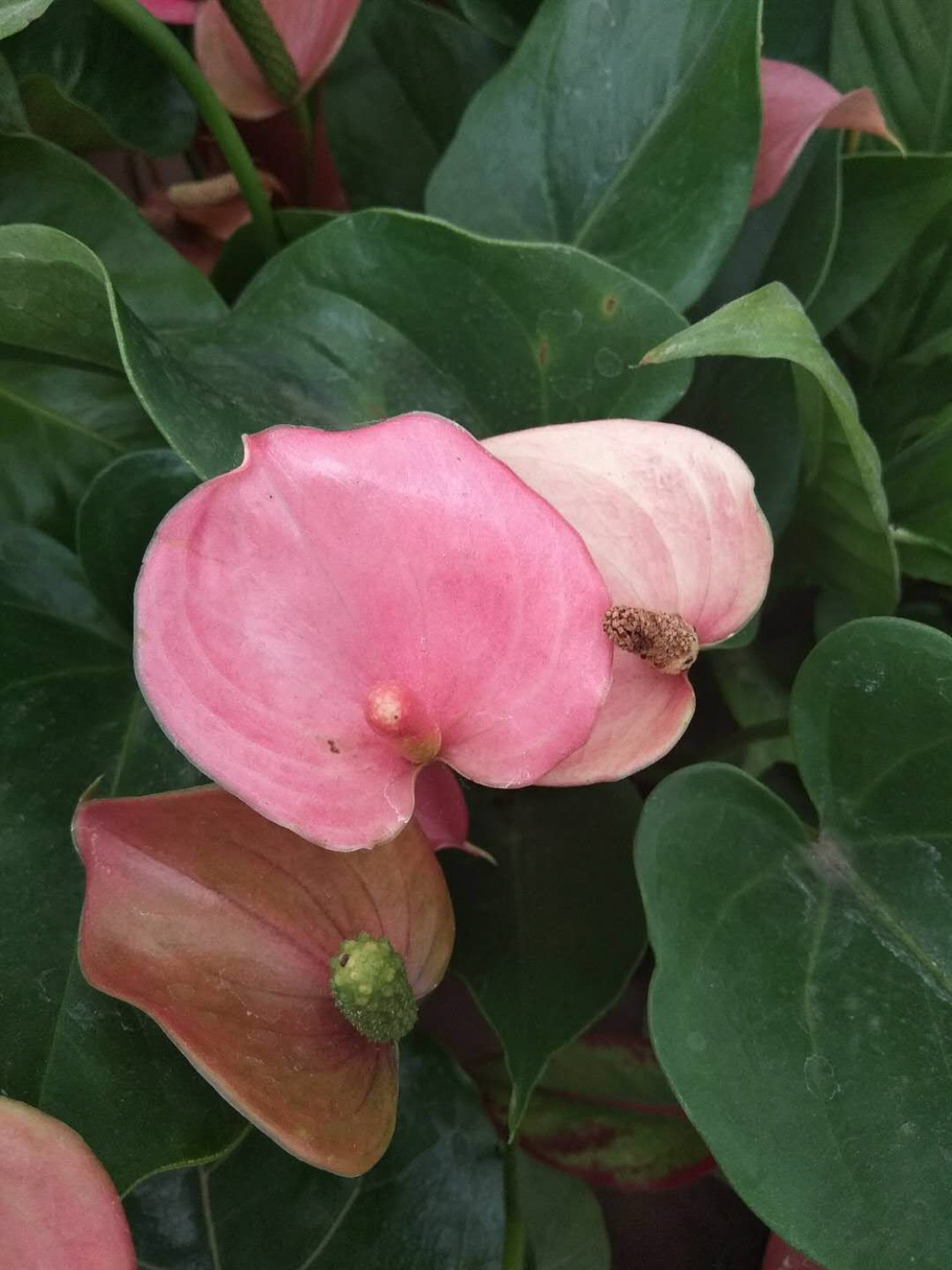
Acid soil
The soil of Anthurium andraeanum should be acidic, fertile and well drained. You can lay some coarse sand, ceramsite or peanut shell on the bottom of the basin. In addition, soil hardening will hinder root respiration and nutrient transport, and also affect the quality of flowering. Pay attention to loosening the soil at ordinary times and change the pots in time when necessary
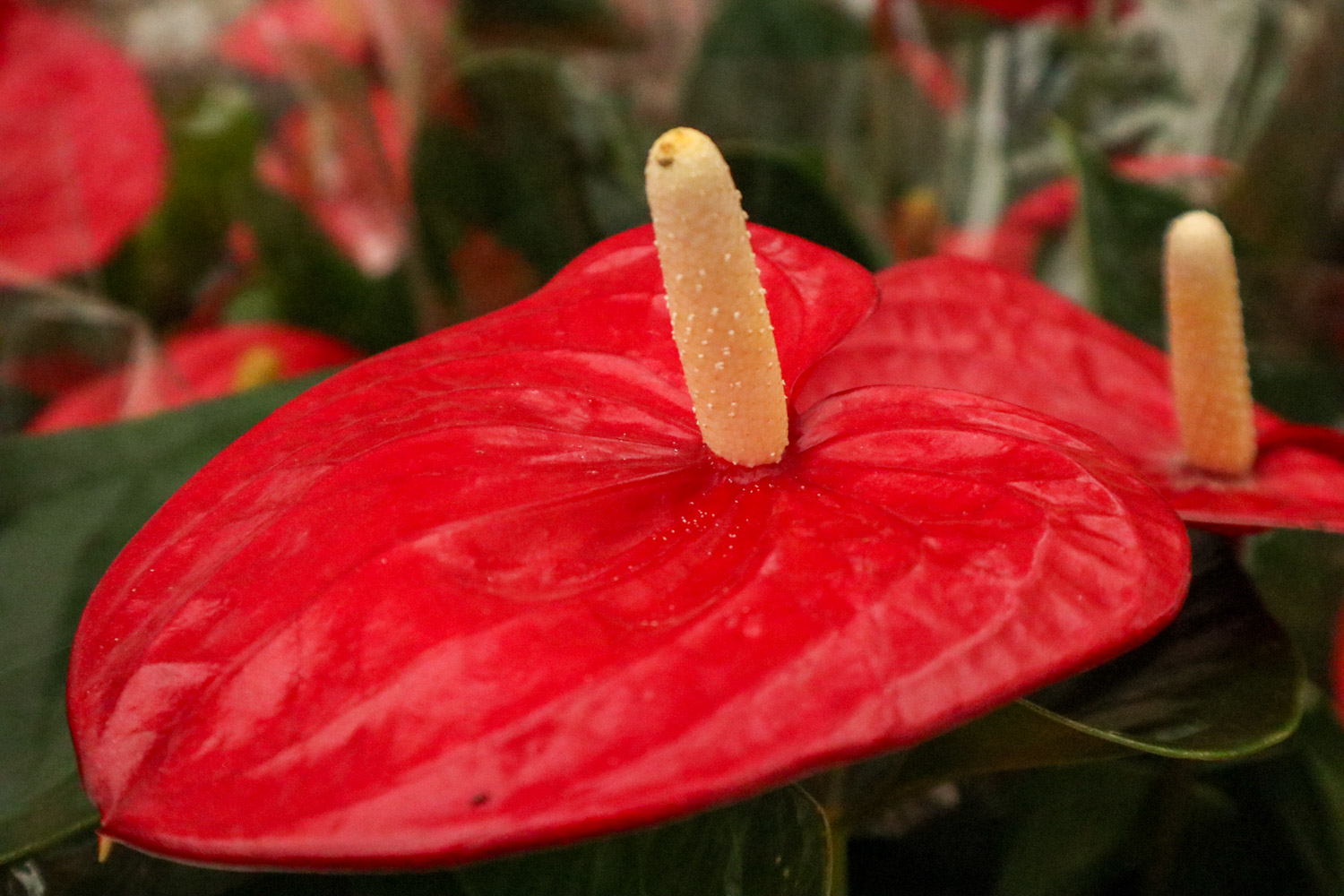
Retained air root
Some roots of Anthurium andraeanum will be exposed to the soil. Many flower friends are afraid of being bad to the flowers and bury them back quickly. Don't do this. These exposed roots are called air roots to better absorb nutrients and breathe. Burying them is equivalent to hindering his breathing and will also lead to bad flowers
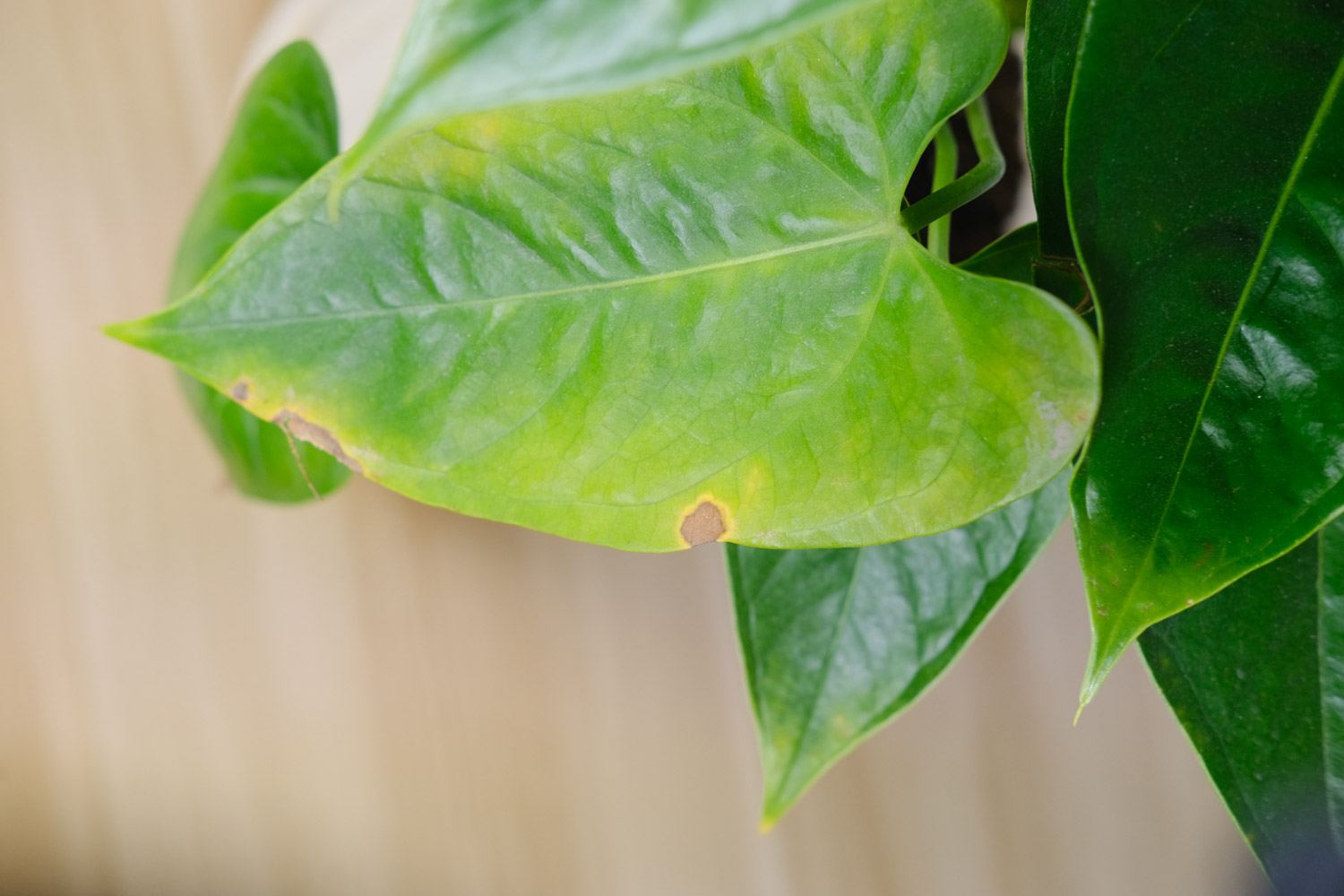
What about the yellow leaves of Anthurium andraeanum
There are many factors causing the yellow leaves of Anthurium andraeanum, such as light, temperature, ventilation, watering, fertilization and so on. Therefore, in case of yellow leaf symptoms, we must carefully distinguish and apply the right medicine to the case

Improper illumination
Sometimes the edges of the leaves of Anthurium andraeanum are dry and yellow, with similar burning marks. This is not necessarily caused by the sun exposure, but also by the long-term uneven illumination. Even in the astigmatic environment, the side that receives the light for a long time will be burned
Therefore, the Anthurium andraeanum kept indoors should often rotate the flowerpot to avoid being burned on one side and ensure beautiful plant shape on the other hand
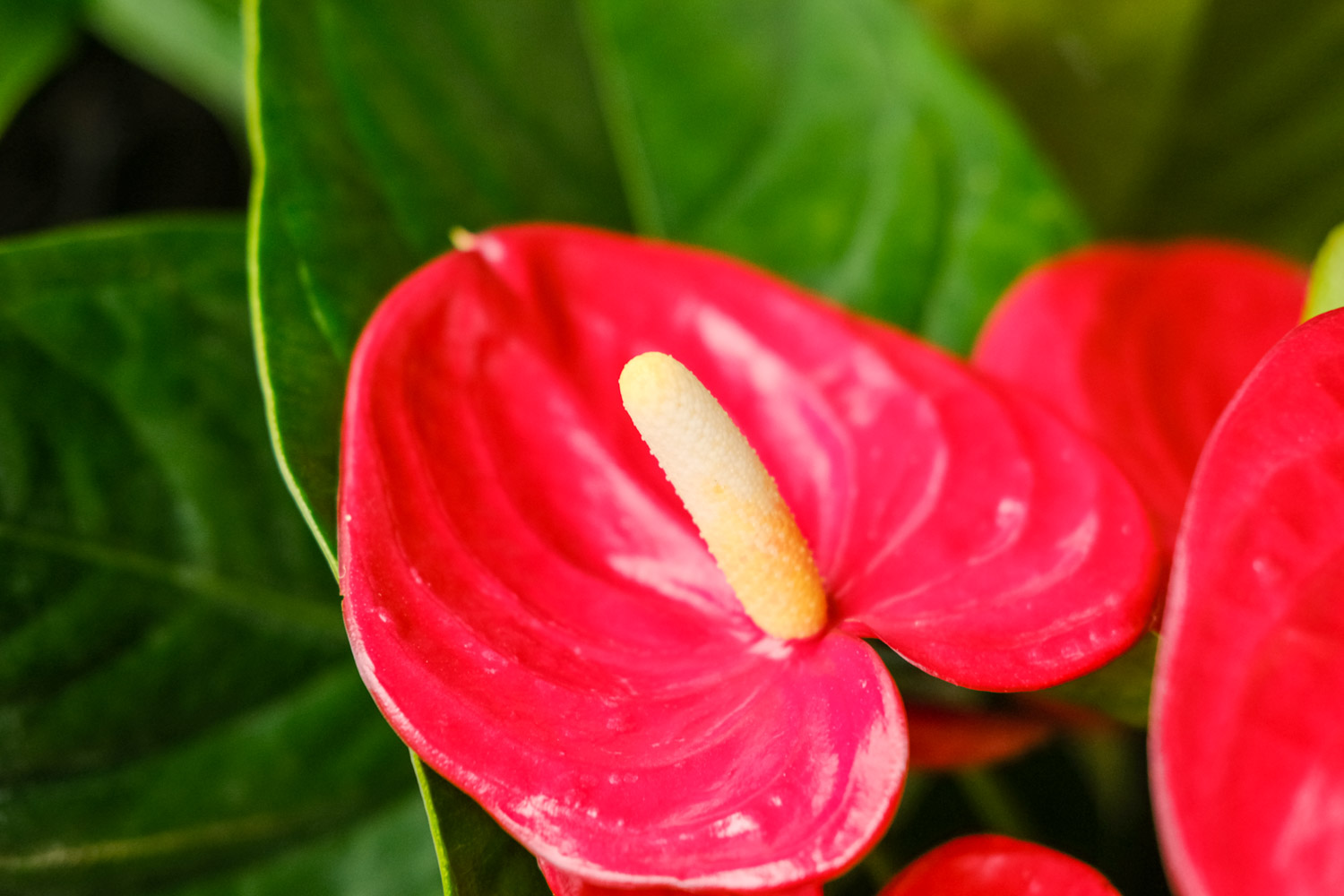
Temperature discomfort
Anthurium andraeanum likes a mild environment. If the leaves of Anthurium andraeanum are dark yellow, without luster, or even fall off seriously, this is caused by too high or too low temperature
When the temperature is higher than 35 ℃ in summer or lower than 10 ℃ in winter, Anthurium andraeanum should be placed indoors for maintenance. Maintain its stable growth environment
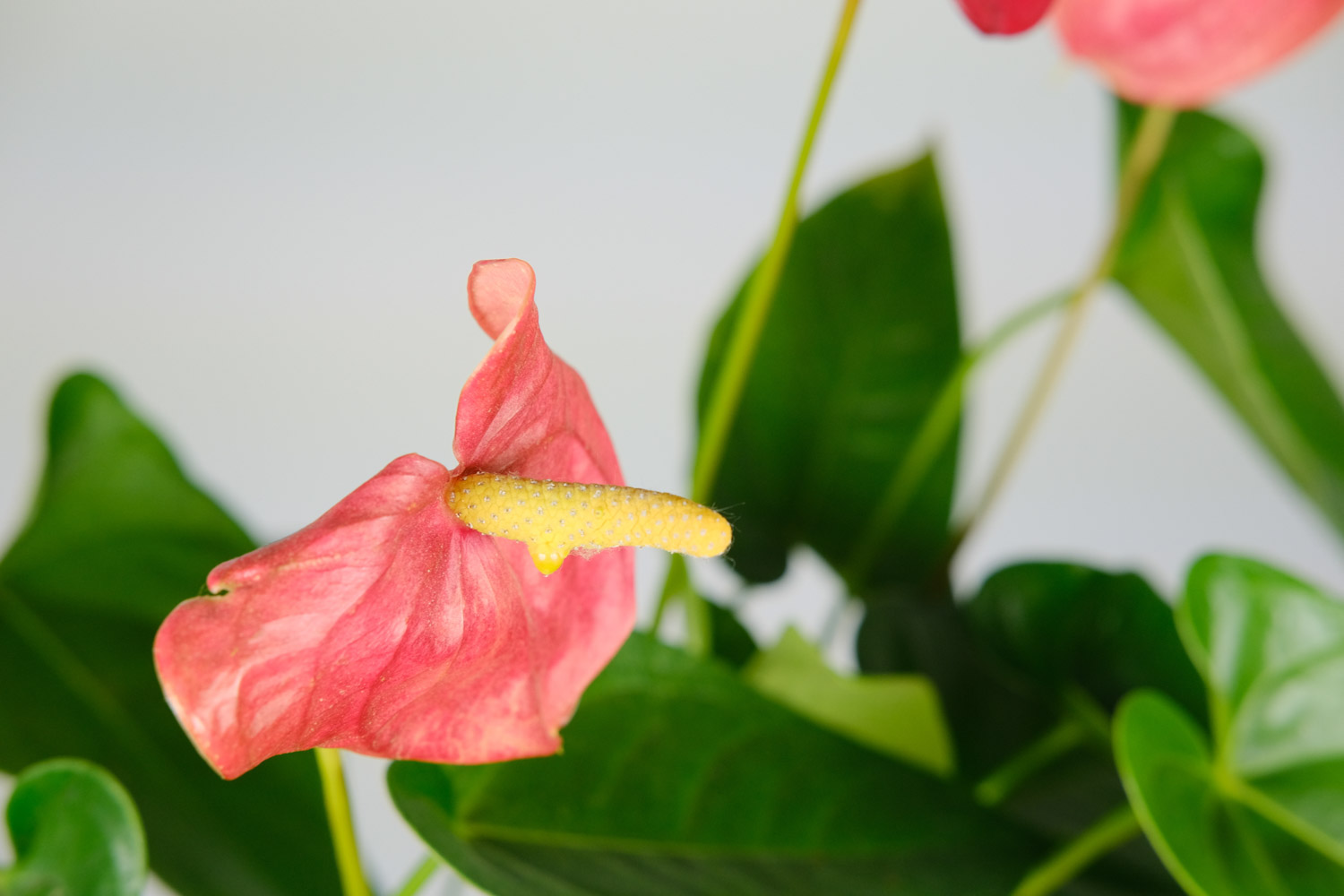
Stagnant water and rotten roots
Waterlogging and root rot will lead to yellowing of leaves and even local blackening, and the plant will be depressed
We should stop watering, move the red palm to a ventilated place, loosen the soil, and wait for the water in the basin to evaporate. After Anthurium andraeanum regains its vitality, it can be cured normally. If the situation is serious, it is necessary to trim roots and change pots
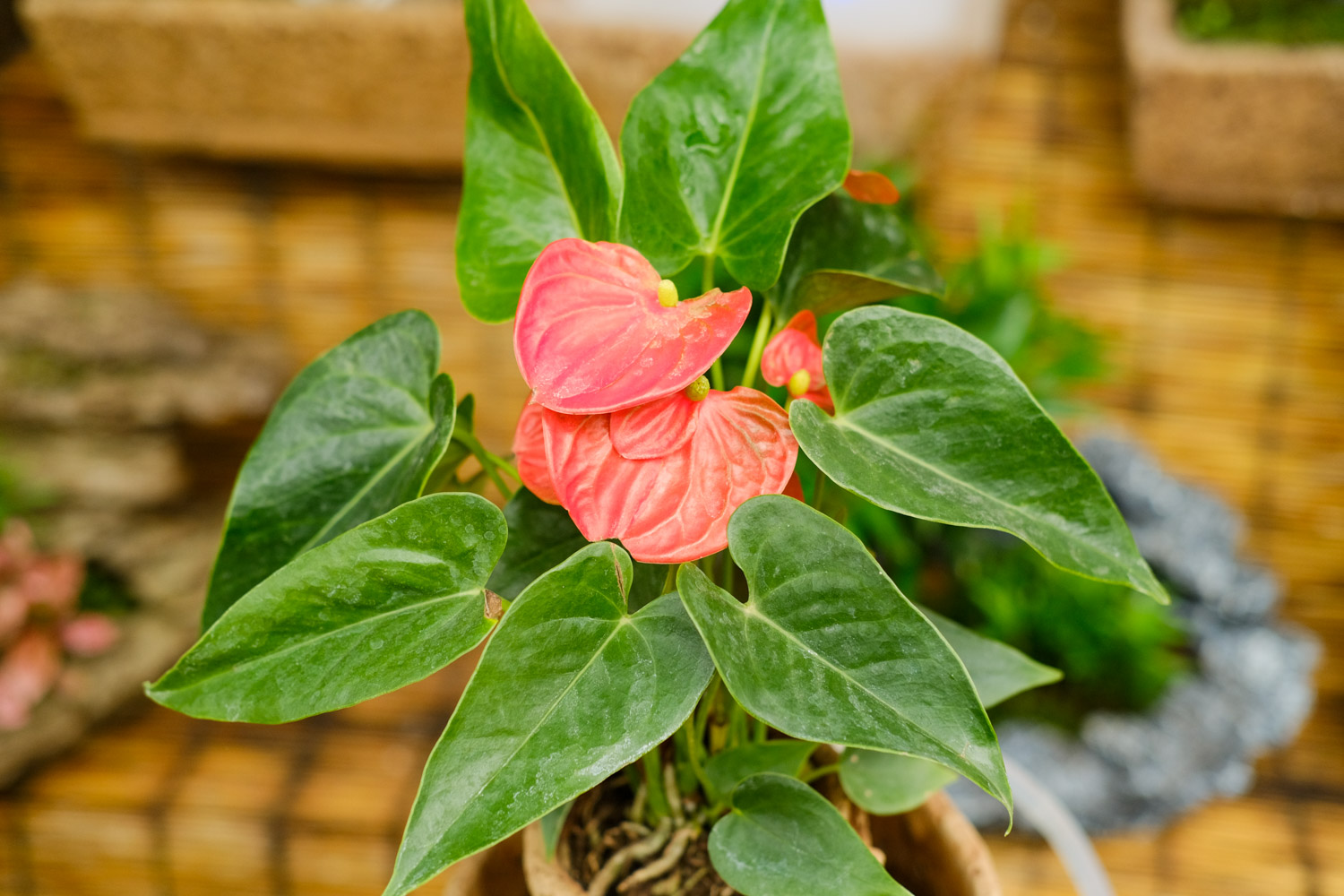
Poor ventilation
When the indoor ventilation is poor, yellowish brown spots will appear on the leaves of Anthurium andraeanum
In this situation, the yellow leaves need to be cut off in time, otherwise other healthy leaves will be infected and turn yellow. Then we should strengthen ventilation. Usually pay attention to opening more windows to ensure air exchange with the outside world
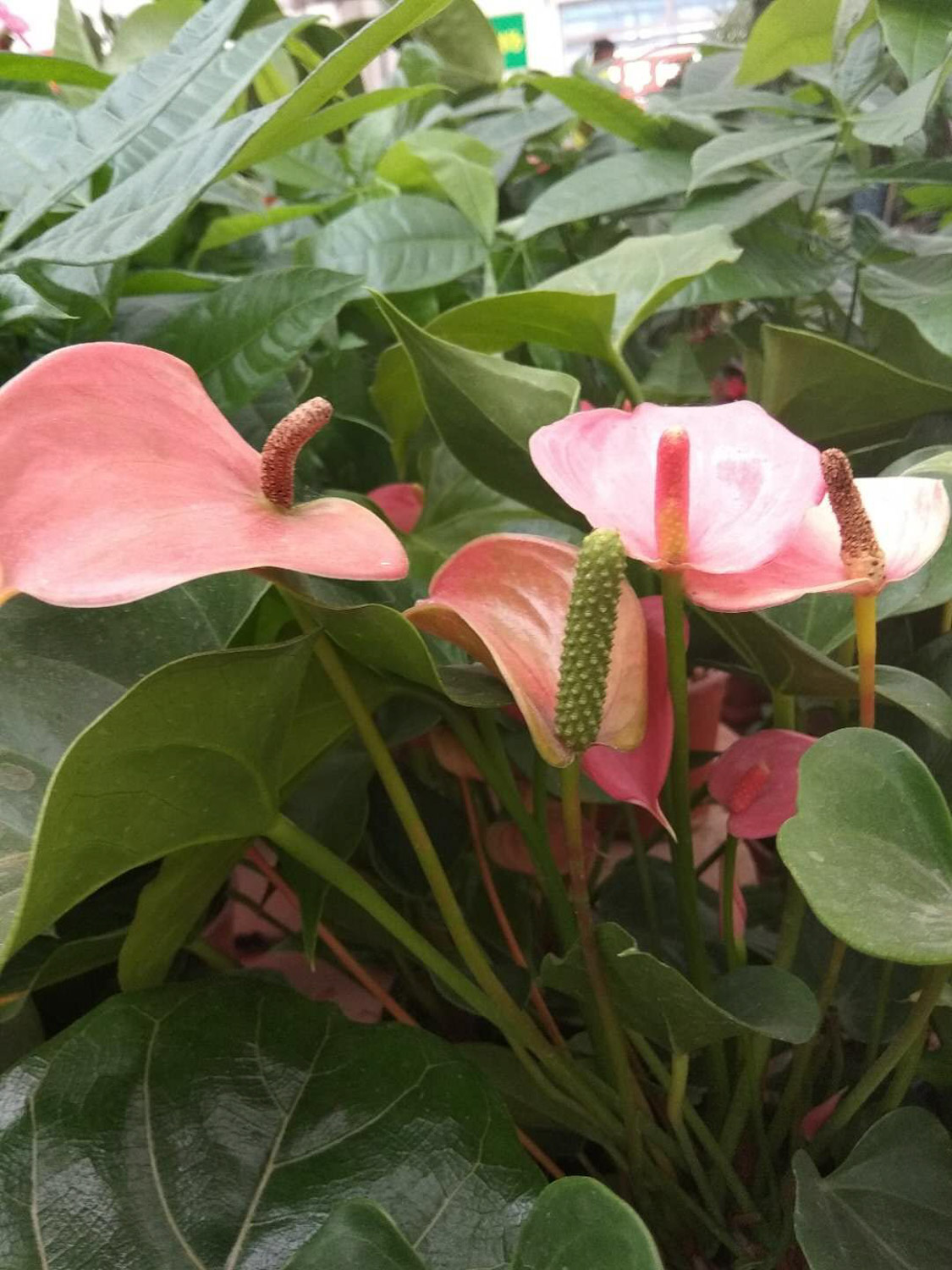
Lack of fat
If the leaves of Anthurium andraeanum begin to turn yellow from the edge, accompanied by yellow spots and easy to fall off. This is due to the lack of phosphorus fertilizer and nitrogen fertilizer. You can apply some crushed egg shells and rotten rice washing water
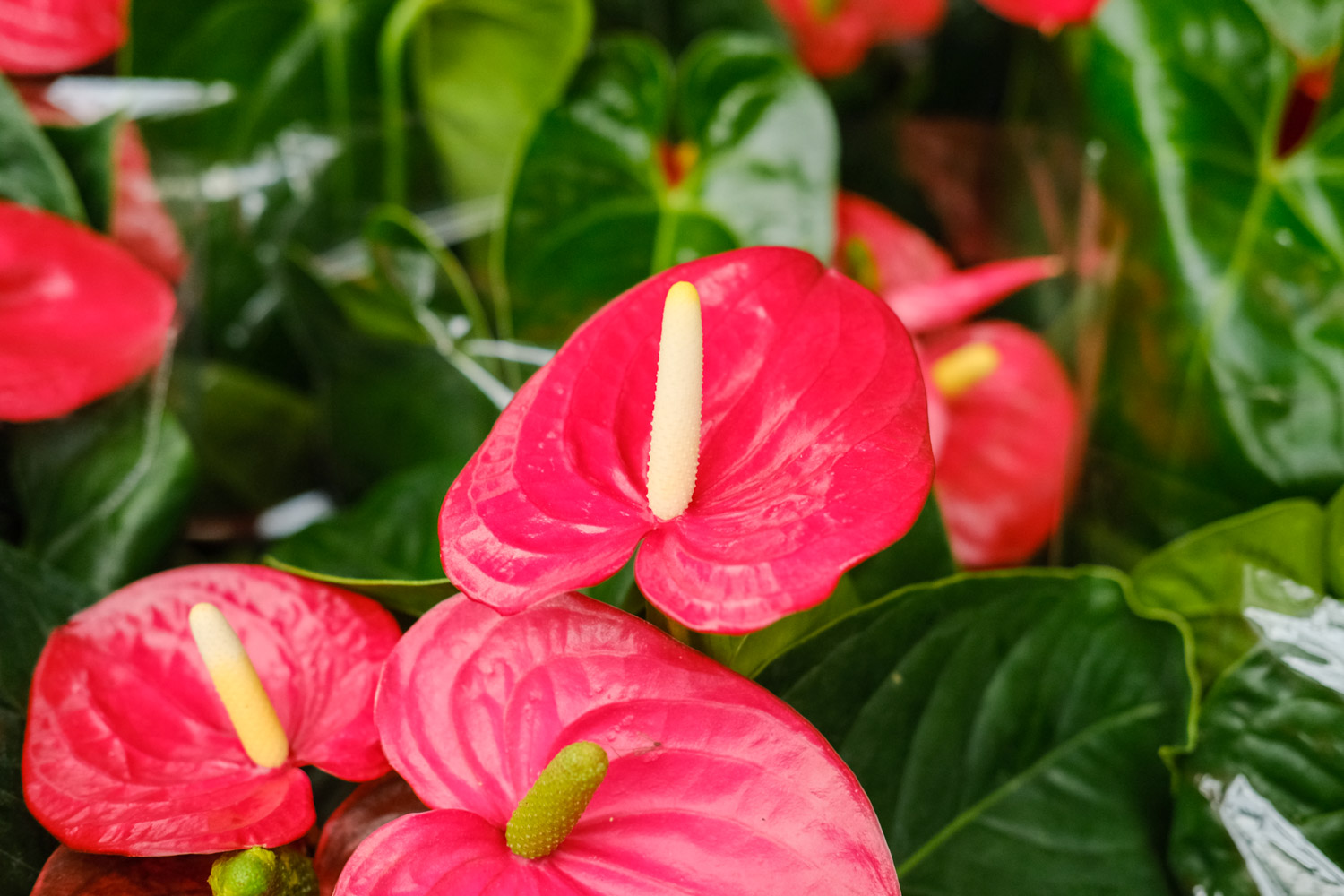
Diseases and insect pests
In fact, many diseases are caused by improper water and fertilizer and insufficient ventilation. Generally, as long as we maintain them correctly, we can avoid diseases and pests. But if it happens, how can we save it
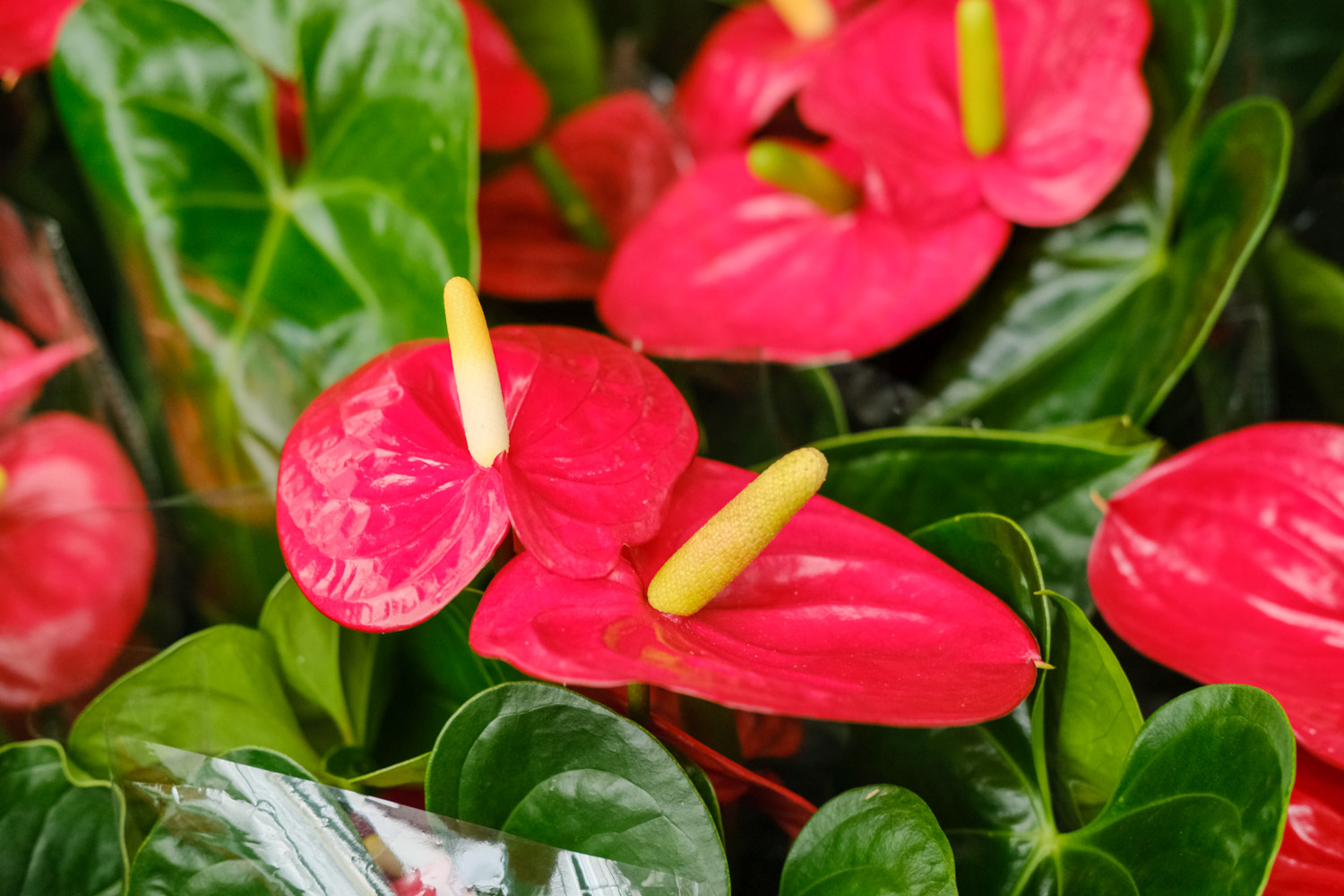
▷ disease:
There are two most common diseases of Anthurium andraeanum: leaf spot and anthrax. You can use chlorothalonil solution to spray or dip the basin, which can be eliminated quickly
▷ pest:
If it is nematode or scale insect, it can be sprayed with spectral insecticide or pyrethrin, which is very effective
If it is a red spider, you can spray some flower protection god or mite net
If the situation is not serious, you can spray washing powder water directly
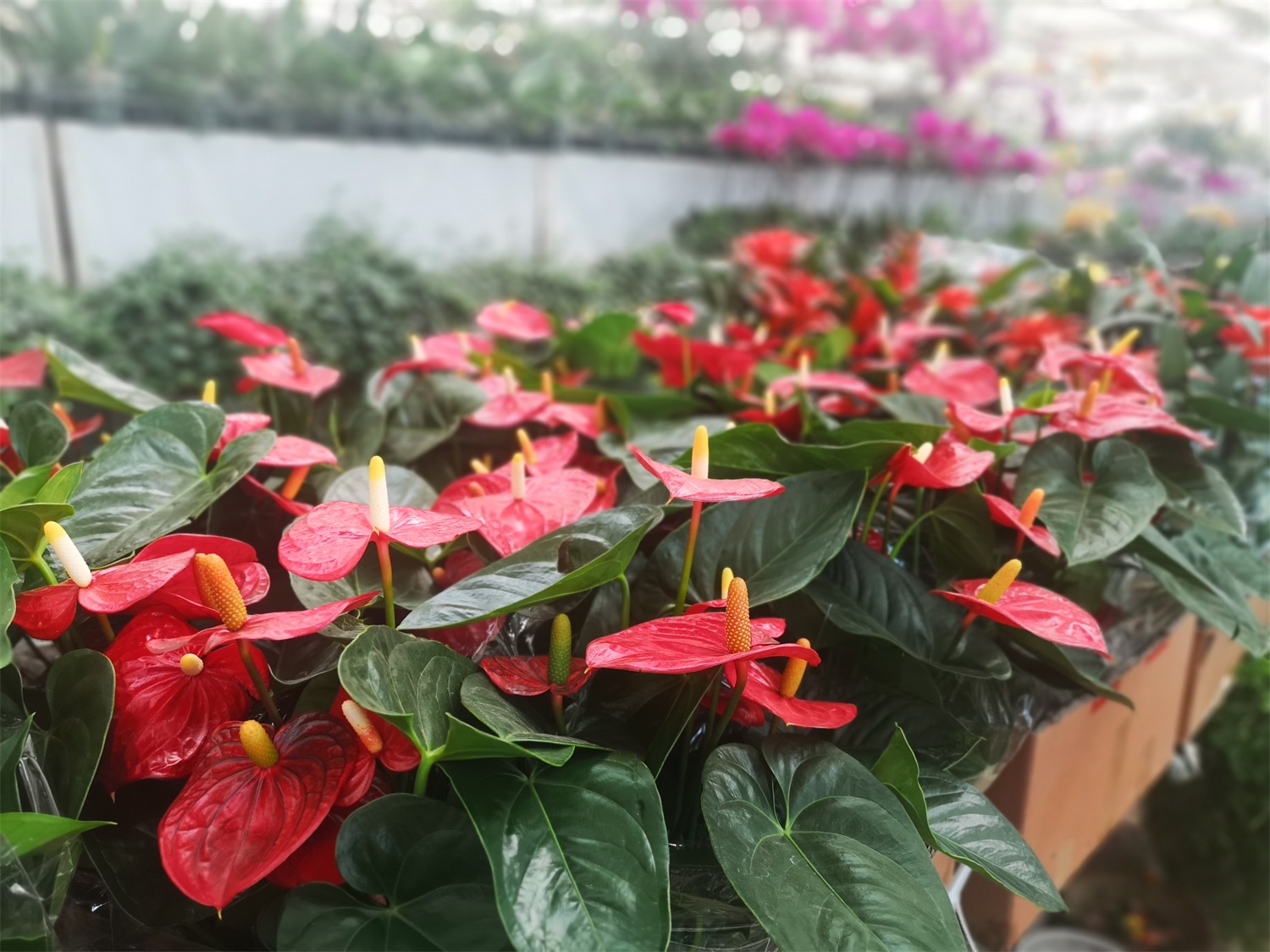

 how many times do yo...
how many times do yo... how many planted tre...
how many planted tre... how many pine trees ...
how many pine trees ... how many pecan trees...
how many pecan trees... how many plants comp...
how many plants comp... how many plants can ...
how many plants can ... how many plants and ...
how many plants and ... how many pepper plan...
how many pepper plan...